

Text copyright 2014 by Chronicle Books LLC.
Illustrations copyright 2014 by Fuko Kawamura.
All rights reserved. No part of this book may be reproduced in any form without written permission from the publisher.
Library of Congress Cataloging-in-Publishing Data available.
ISBN 978-1-4521-3265-5 (hc)
ISBN 978-1-4521-3670-7 (epub, mobi)
Design by Cat Grishaver
Text by K. C. Jones
Typeset in Neutra and Memphis
Also available in this series: Fortune-Telling Book of Names, Fortune-Telling Book of Dreams, Fortune-Telling Book for Brides, Fortune-Telling Book of the Zodiac, Fortune-Telling Birthday Book, Fortune-Telling Book for Moms-to-Be, and Fortune-Telling Book of Love.
This book is intended for entertainment purposes only. Please use your good judgment and common sense, and consult with your doctor on any questions relating to your health.
Chronicle Books LLC
680 Second Street
San Francisco, CA 94107
www.chroniclebooks.com
Contents
INTRODUCTION
Our world is a kaleidoscope of color. We see color everywhere in nature, from the fresh green of blooming plants to the blue of a cloudless sky to the blazing reds, oranges, and pinks of a vibrant sunset. We also choose to surround ourselves with color. Our manner of dress, the way we decorate the spaces around us, and the cars we drive are all reflections of our color preferences. No matter how or where colors appear, they have meanings that are steeped in ancient and mystical traditions. And once we understand these meanings, we can harness the power of colors to better know ourselves and improve our lives. Read on to learn how to truly color your world.

SECTION 1:
THE MEANING OF COLOR
Each color of the rainbow has its own unique meaning and significance. And so the colors you gravitate toward and choose to use in your life can offer a window into your personality and even foretell your future. Colors that are not your favorites hold meaning for you as well: Your zodiac sign is associated with hues that you can use to your advantage. Color portents in dreams, superstitions around color, and color meanings from other cultures will also aid you in understanding how color affects your world.
AN INTRODUCTION TO COLOR THEORY
Knowing some basic color theory will help you to understand the meaning behind colors.
The color wheel on the previous spread is a graphic demonstration of the spectrum of colors. The three primary colorsred, yellow, and blueform the foundation of the color wheel. The secondary colorsorange, green, and violetare created when certain primary colors are mixed. And the tertiary colorsblue-violet (also called indigo), red-violet, red-orange, yellow-orange, yellow-green, and blue-green are created by mixing particular secondary colors.
The colors directly opposite each other on the color wheel (green and red, for example) are known as complementary colors. Placing complementary colors next to each other makes each color appear more vibrant and intenseyou could say that complementary colors bring out the best in each other. From a psychological standpoint, pairing complementary colors also can create a balance between the calm serenity of the cool color and the excitement of the warm color, causing a harmonious feeling.
The colors found next to each other on the color wheel (like red-orange, orange, and yellow-orange) are neighboring colors, and as such they are natural and harmonious pairings.
THE ENERGY OF COLORS
All colors carry electromagnetic energy. It is believed that our brains and our endocrine systems absorb this energy from colors and inspire us to feel or act in certain ways (though it is not clear exactly how this happens). This effect is illustrated by our differing responses to warm and cool colors.
Reds, oranges, and yellows are known as warm colors because they are associated with heat and warmththink of a red-hot poker or the yellow sun. Warm colors are known to induce feelings of comfort and happiness, but can also produce overwhelming emotions, increase adrenaline, and fuel anger.
Conversely, greens, blues, and violets/purples are known as cool colors because they have a cooling effect. Cool colors can calm the body and mind, engendering serenity and relaxation. However, they can also bring on sadness or loneliness.
A nearly infinite number of colors can be created by mixing two or more colors on the color wheel with each other in various proportions, or by adding black, white, or gray to a color. The following terminology is used to distinguish among various color differences:
- The word hue can be used interchangeably with the word color.
- A shade is a mix of a color with black.
- A tint is a mix of a color with white, such as pastel colors.
- A tone is a mix of a color with gray.
The following glossary lists the most commonly used colors, along with a word that represents each colors historical meaning and significance. You can use these meanings as a reference as you choose colors throughout your daily life.
REDS
 Blush: nonthreatening
Blush: nonthreatening Bubblegum: youthful
Bubblegum: youthful Pink: loving
Pink: loving Rose: feminine
Rose: feminine Orchid: nonconforming
Orchid: nonconforming Salmon: timid
Salmon: timid Magenta: passionate
Magenta: passionate Cherry: vivacious
Cherry: vivacious Fuchsia: assured
Fuchsia: assured Tomato: outgoing
Tomato: outgoing Cardinal: fiery
Cardinal: fiery Carmine: sumptuous
Carmine: sumptuous Brick red: thoughtful
Brick red: thoughtful Cerise: irresistible
Cerise: irresistible
Next page

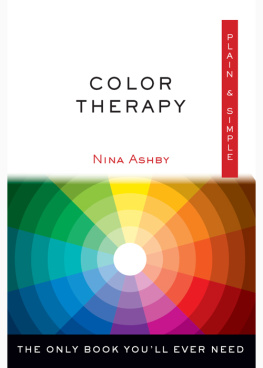
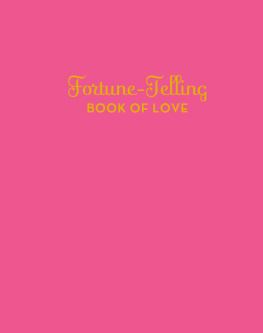
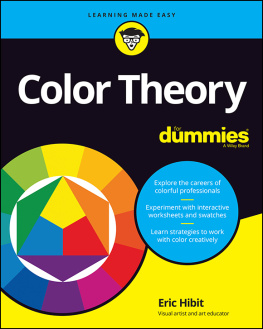
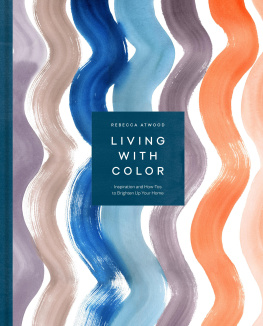
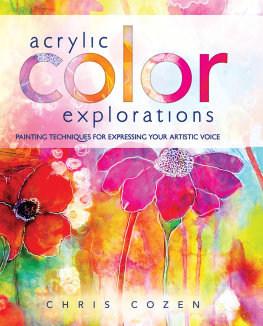




 Blush: nonthreatening
Blush: nonthreatening Bubblegum: youthful
Bubblegum: youthful Pink: loving
Pink: loving Rose: feminine
Rose: feminine Orchid: nonconforming
Orchid: nonconforming Salmon: timid
Salmon: timid Magenta: passionate
Magenta: passionate Cherry: vivacious
Cherry: vivacious Fuchsia: assured
Fuchsia: assured Tomato: outgoing
Tomato: outgoing Cardinal: fiery
Cardinal: fiery Carmine: sumptuous
Carmine: sumptuous Brick red: thoughtful
Brick red: thoughtful Cerise: irresistible
Cerise: irresistible